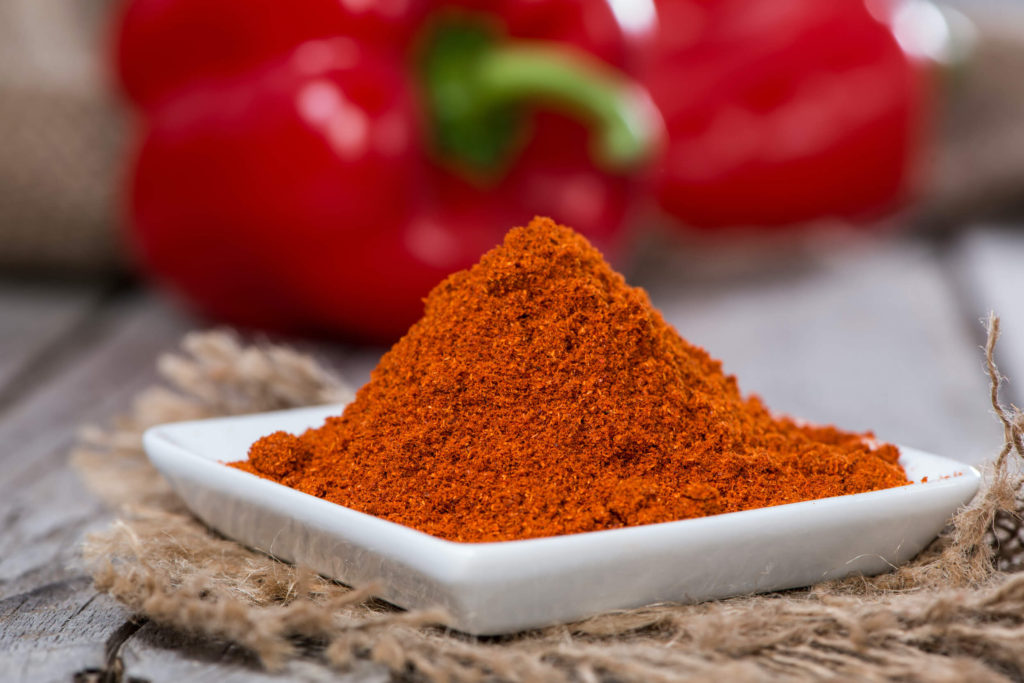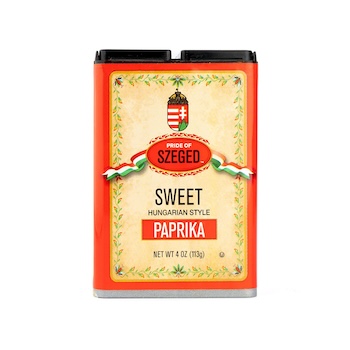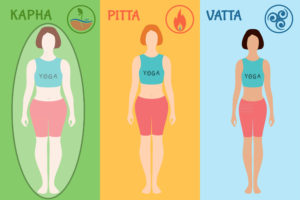Paprika is known for giving culinary dishes and hors d’oeuvres a bit of a flair. But did you know that it is also packed with an amazing amount of vital nutrients that help you thrive? Take a look at paprika’s past and present, and its power-packed potential to help your future stay bright and healthy for years to come.
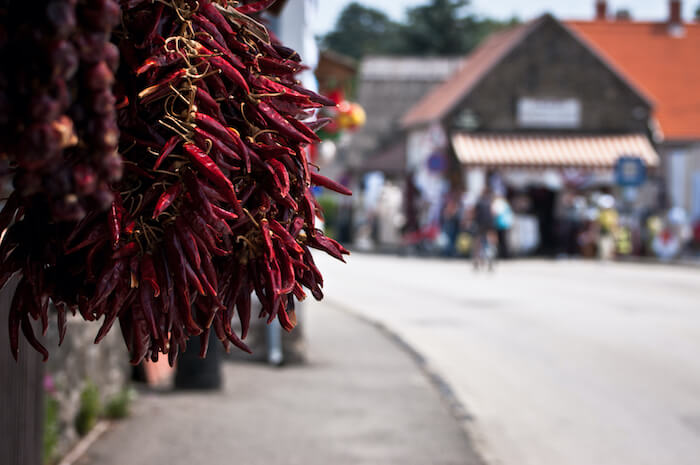
History and Varieties of Paprika
ANCIENT HISTORY
Many people think of paprika as a native Hungarian spice, but the surprising truth is that it actually originates in the New World. It’s been cultivated for the last 5,000 years from a variety of different chili and bell peppers of the Capsicum annuum plant that are found in Mexico and other Central and South American regions. Native Americans used it both as a seasoning and for medicinal purposes to promote digestion and treat wounds and sores.
The spice first made its rounds in Europe after Christopher Columbus returned home to his native Spain with it in tow in the 15th century. Trade took place with Africa, Asia, and the Ottoman Empire as it became more and more popular. Paprika eventually found a home in Hungary as a decorative garden plant of the rich, before taking off in the late 1800s and becoming the country’s national spice.
The ideal growing conditions have made Hungary a central hub for the cultivation of this wellness-boosting dried pepper powder. This is why it’s now considered an ‘Old World’ spice, as many new strains of the plant have been born in her nutrient-rich farmlands.
PAPRIKA VARIETIES
Given the favorable weather patterns, it’s no surprise that Hungary has taken the lead in cultivating both richer forms of the original plants and less spicy selections. Here’s a breakdown of paprika’s main options:
* Hot: Made from ground chile peppers, this was the original strain of paprika found in the Americas, and newer versions are now available as well.
* Sweet: First created in Hungary, this is less spicy due to its interbreeding with other plants, but it’s still big on pepper flavor.
* Smoky Spanish: Spanish monks cultivated a method of fire roasting in a combination brick and wood smokehouse, and this technique is still used today. The soil of the region makes this strain high in carotene and the smoldering flavor gives it a bit of a ‘kick’.
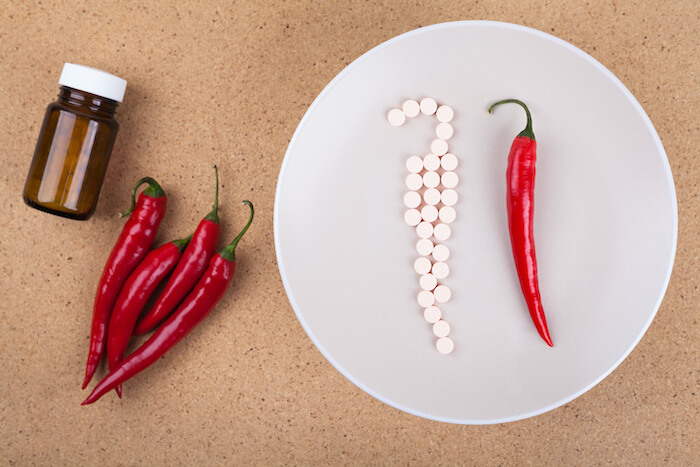
Paprika’s Health Benefits
PACKED WITH VITALITY
There are numerous benefits to adding a little of this spice to your life. One teaspoon of paprika contains 65-70% of your daily value for Vitamin A, which is a key antioxidant that helps fight inflammation. Along with lutein, it also helps improve eyesight. In addition, the spice is high in B6 to help reduce blood pressure and deter macular degeneration.
Studies have indicated that paprika can assist with treating diabetes and aid in weight loss through blood sugar regulation. It has the added benefit of promoting heart health through the antioxidant capsanthin, which assists with healthy circulation and has been shown to boost good cholesterol. Paprika even shows potential for use in wound treatment balms due to its high levels of Vitamin E.

Capsaicin: A Cure for What Ails Us?
Paprika varieties derived from chili peppers contain a compound that seems to hold a lot of potential for treating a wide range of health concerns. Capsaicin has the interesting effect of first exciting neurons, and then as an aftereffect dulling them. For this reason, it’s been used in therapy to help patients who are experiencing pain.
It has also shown promise for reducing the risk of cancer through altering gene cell receptors and treating autoimmune diseases by stimulating responses in the body that correct malfunctioning mechanisms. In fact, there are a number of positive potentials that capsaicin brings to the table which researchers are now studying, including its ability to assist in the treatment of obesity and cardiovascular, gastrointestinal, and dermatologic conditions.
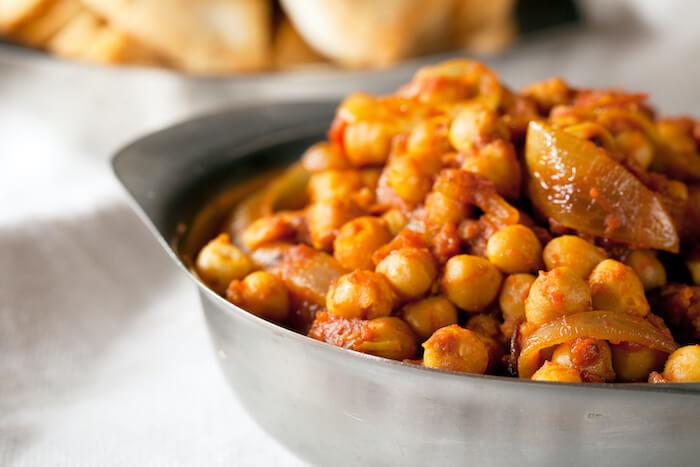
Vegan Chickpea Paprikash with dairy-free sour cream
What you’ll need:
2 16 oz cans of chickpeas (drained)
2 TBSP of olive oil
2 TBSP Paprika
2 boxes of Gnocchi (cooked)
1 cup almond or coconut milk
1 16 oz container of dairy-free sour cream
Himalayan sea salt and black pepper (to taste)
optional: white onion and green pepper
Saute your chickpeas, onion, pepper, and 2 TBSP of Paprika in the olive oil, adding salt and black pepper to taste. Mix the sour cream and milk in a baking dish, then add the sautéed ingredients to the dish. Bake at 350 degrees for about 20 minutes.
Add the baked mixture atop your cooked Gnocchi and enjoy! For a little more flavor, add a teaspoon or two of tomato paste to your sauté along with some freshly chopped garlic. The milder varieties of paprika can also be added as a garnish to many different foods, such as deviled eggs and soups. This is a quick and easy way to get your daily dose of this health-strengthening spice.
YOU MAY ALSO LIKE:
THE HEALTHINESS OF HELPING OTHERS
Many people like the idea of volunteering their time and resources to support those needing assistance in their neighborhood, community, or…
START A MINIMALIST LIFESTYLE WITH THESE 3 KEY STEPS
When someone says ‘minimalism’ to you, what springs to mind? An intimidatingly chic living space in an interior design magazine? A…
HOW TO USE BREATHING TECHNIQUES TO IMPROVE YOUR RUN
By Kevin Jones There are so many benefits to running, from better cardiovascular health to improved brain health. But if you…
15 NATURAL WAYS TO IMPROVE SKIN ELASTICITY AT ANY AGE
Loving your beautiful skin starts on the inside with daily health and wellness practices designed to promote radiance at any age….
YOGA FOR THE KAPHA SEASON
In Ayurveda, spring is known as Kapha season. As the earth starts to thaw after the colder months, so do our…
5 WAYS TO BE KINDER TO YOURSELF IN 2023
With the new year underway, many of us are looking forward to fresh starts and new resolutions. While most people focus…

